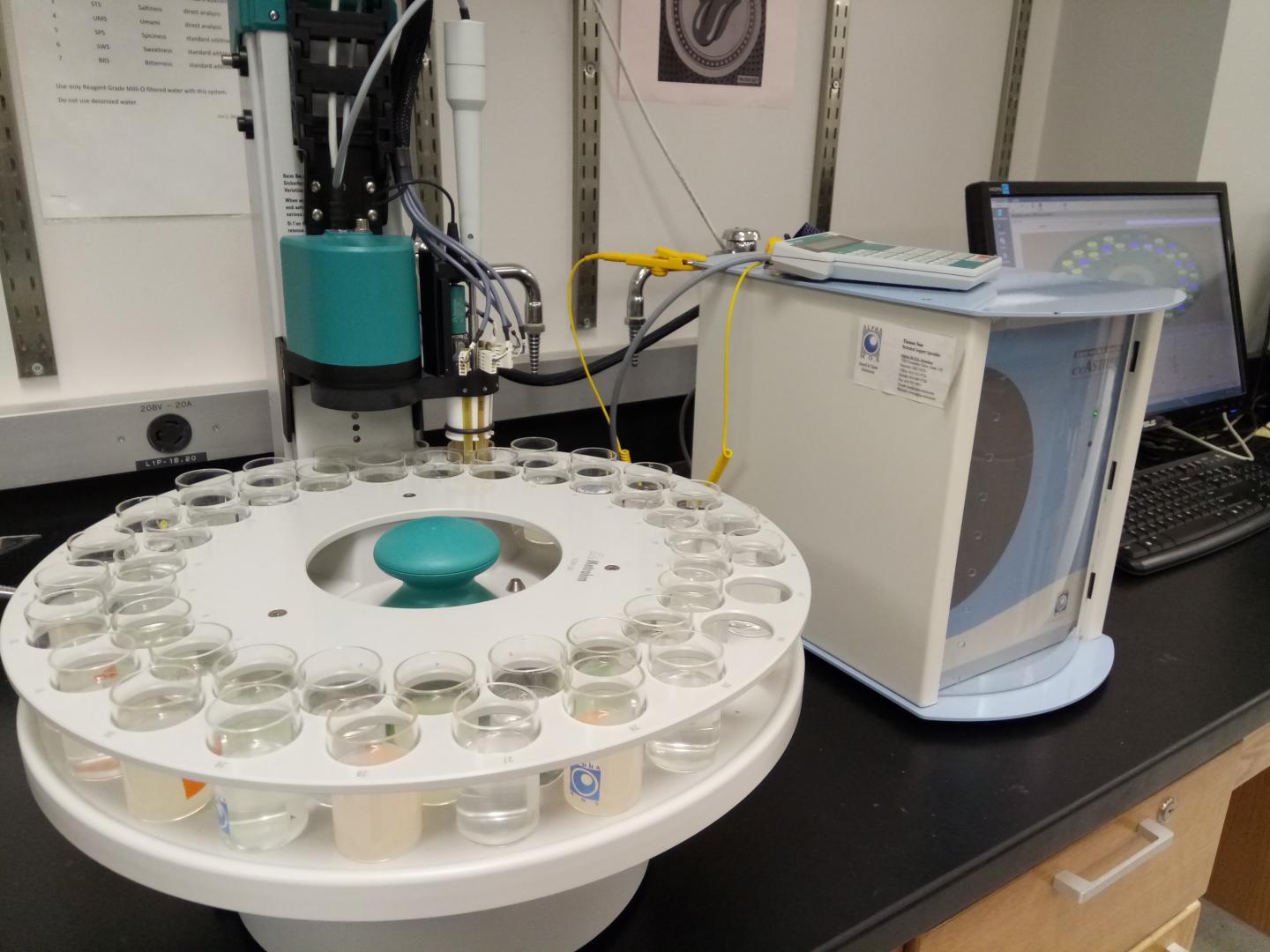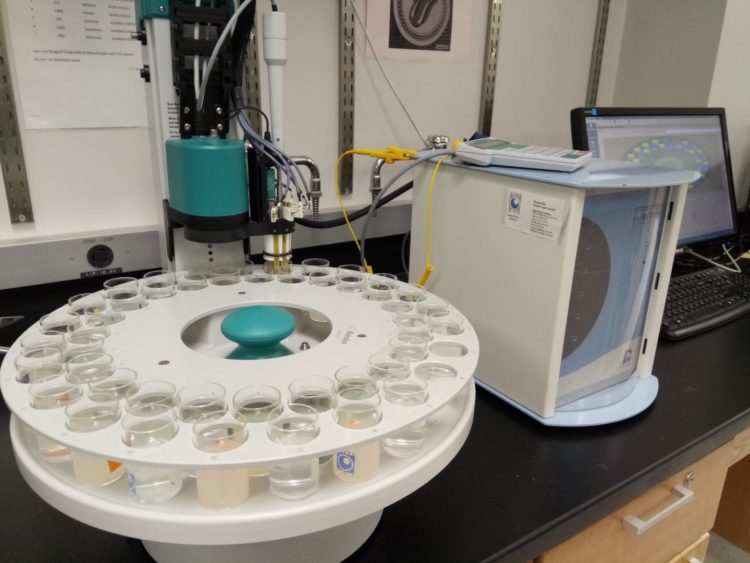
Credit: WSU
Eating too much salt can have significant negative health implications, and modern processed food typically contains high levels of salt to improve taste and preservation.
But new processing technology out of Washington State University called microwave assisted thermal sterilization (MATS) could make it possible to reduce sodium while maintaining safety and tastiness.
In a new study published in the Journal of Food Science, WSU researchers found that the MATS processing, which uses microwave technology to kill any pathogens in food, doesn’t reduce the flavor intensity of other ingredients. The current method of food processing preservation, called retort, does reduce flavor intensity.
The study looked at mashed potatoes cooked fresh, using retort, and using MATS. They had tasting panels and used WSU’s e-tongue to measure the impact of reducing salt and the intensity of other ingredients, like pepper and garlic.
“The intensity of pepper is the same in MATS and in fresh potatoes, but is reduced in retort processing,” said Carolyn Ross, the lead author of this paper. “The heating process of retort, which takes longer to get up to temperature and longer to cool off, changes the texture and flavor of food. MATS is much faster, so it doesn’t have nearly as big an impact on those areas.”
If flavor intensity of pepper remains high, then not as much salt is required to make the food palatable, or tasty, Ross said.
The researchers, including WSU’s Sasha Barnett, Shyam Sablani, and Juming Tang, found that MATS-prepared mashed potatoes could have up to a 50 percent reduction in salt and it was still enjoyed by the tasting panel.
“They could tell it wasn’t as salty, but they still liked it because the flavor intensity of other ingredients was higher,” said Ross, a professor in WSU’s School of Food Science. “Basically, if you can enhance the flavors of herbs, the food still seems salty enough to be enjoyed.”
The MATS technology is still relatively new, but Ross thinks it could go a long way to helping reduce the salt used in processed foods.
“We have to make a product that people want to eat,” she said. “And there are a lot of older adults that eat prepared meals because of convenience and safety. So if we can reduce salt intake from those foods, and still have pleasant flavors, it could be hugely beneficial.”
###
The research for this paper was funded in part by a Center of Excellence grant from the USDA to the MATS lab. Ross plans to do more research to find ways to reduce salt in prepared meals. Read more about the Center of Excellence at their website.
Media Contact
Carolyn Ross
[email protected]
509-335-2438
Original Source
https:/
Related Journal Article
http://dx.





